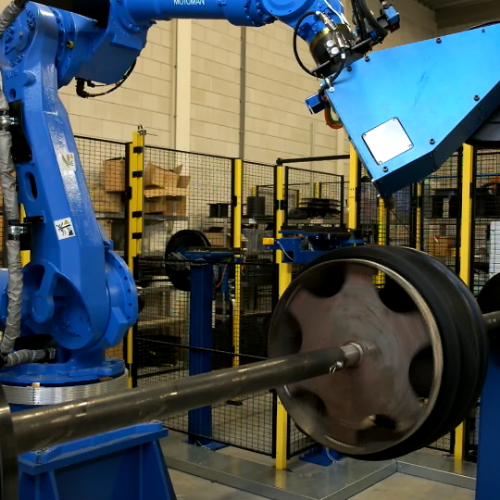Stick
TIG
MIG
FCAW
There are multiple names used for precisely the same process in welding simply because they have become commonly accepted slang terms. No matter everything you refer to it, providing you understand those are the same. Permit me to explain.
Stick welding is often a slang term for “Shielded Metal Arc Welding” and is also commonly abbreviated, or referred to, as “SMAW”. The slang term arises from the rod which is used which is looks like a stick. This is the process that utilizes a power supply who makes constant amperage to create an arc. This kind of welder utilizes a rod, or electrode, made of metal which has a flux coating externally that protects the weld area through the air while the rod is burning. SMAW is usually utilized in the sector since it is a sensible welding procedure that is affordable, works great of all metals, and permits welding thick materials. This makes it a fantastic joining process for most industrial construction needs. SMAW is also the standard way of welding that’s taught from the most schools as foundation to learning other kinds of metal joining processes.
TIG welding, or TIG, is definitely an abbreviation for “Tungsten Inert Gas” however its proper name is “Gas Tungsten Arc Welding” commonly abbreviated and known as “GTAW”. In older days, it used to be called “HeliArc”. GTAW is often a joining technology that utilizes a constant current power source just like Stick welding. What changes is the way filler metal is deposited into the joint. TIG works on the torch with a piece of tungsten to produce an arc. The torch also has shielding gas flowing through it to guard the weld area from air. Characteristics of tungsten allow arc temperatures to achieve a lot more than 10,000 degrees. The way in which TIG works would be that the arc is created as well as a filler metal is put into the joint. Filler metals for this process appear in wire form and they are simply cut to length. One of the most widely used shielding gas is Argon, utilized for welding greater than 90 % of metals. TIG welding is used for welding exotic metals or anywhere that will need excellent welds. This procedure is one of the most difficult forms of welding to master.
MIG welding, or MIG, is surely an abbreviation for “Metal Inert Gas” that is more formally called “Gas Metal Arc Welding” or “GMAW”. The definition of MIG emanates from the initial shielding gasses used that were the inert, or Nobel, gasses. Today the gases used vary, and so the name has officially been changed to “Gas Metal Arc Welding”. MIG welding may be the slang term that is commonly accepted. It’s also referred to as “Wire Wheel Welding”. This technique works on the wire feed to secure solid filler wire towards the weld joint. The wire feed is linked to a constant voltage power supply that can cause the arc to melt the wire if this hits the weld joint. Prior to the wire creates an arc there ought to be a shielding gas feed over the system. MIG welding is done by way of a MIG gun that combines the wire, electricity and shielding gasses all as well. The MIG gun carries a trigger that, once squeezed, starts the metal joining process. This method is known as semi-automatic because the filler metal is continuously feed to the weld joint. This metal joining process is typically used in factories where high production should be used. MIG is straightforward to work but setting up the apparatus could be troublesome for any less experienced operator.
FCAW, or “Flux Cored Arc Welding”, is technically considered a different sort of welding process. The truth is that FCAW can be a different form of electrode or filler wire employed in a MIG welding machine. The electrode is often a hollow tube containing flux within the center. What this does is allow the electrode to weld without using another shielding gas. There’s two kinds of electrodes utilized in FCAW; self shielding and dual shielding. Self can be an electrode that doesn’t need any shielding gas. It is very comparable to a Stick welding electrode turned inside out. What this does is allow welding in windy conditions. The problem with this of MIG welding is the fact that wind or drafts cause welding defects. A self shielding FCAW electrode solves this dilemma. Dual shielding electrodes need shielding gas to work properly. The advantage of this kind of electrode is the volume of weld it may deposit. FCAW is usually utilized in shipyards or anywhere that needs a lot of welding to get done on thick metals.
There are several more different aspects of welding which are used. Examples include:
Oxy Acetylene
Lasers
Brazing
Soldering
Plasma
SAW or “Submerged Arc Welding”
Friction
Plastic
Electron Beam
Explosive
Thermite
Forge
Ultra Sonic
And also the list continues! In the end probably the most widely used processes are Stick, TIG, MIG and FCAW. These are the processes which are today popular because they’re what industry needs. They produce welds starting from mass production to x-ray quality.
More info about robotic welding please visit resource: read more.

